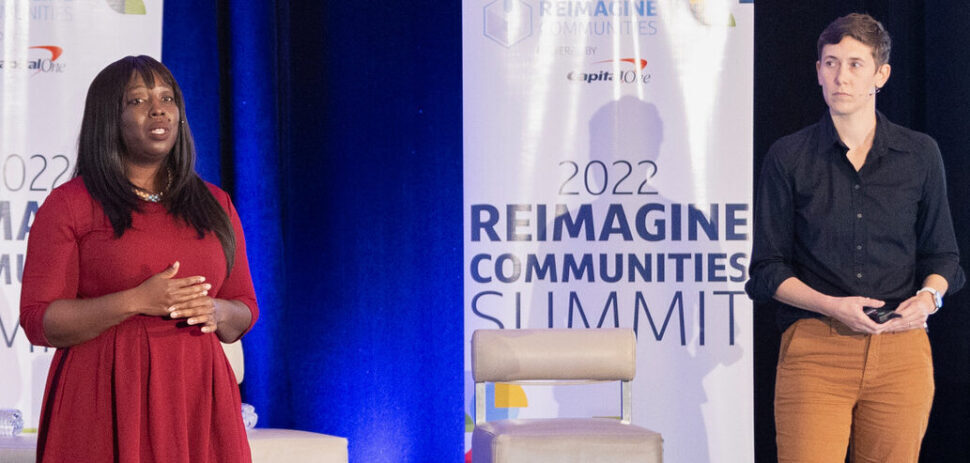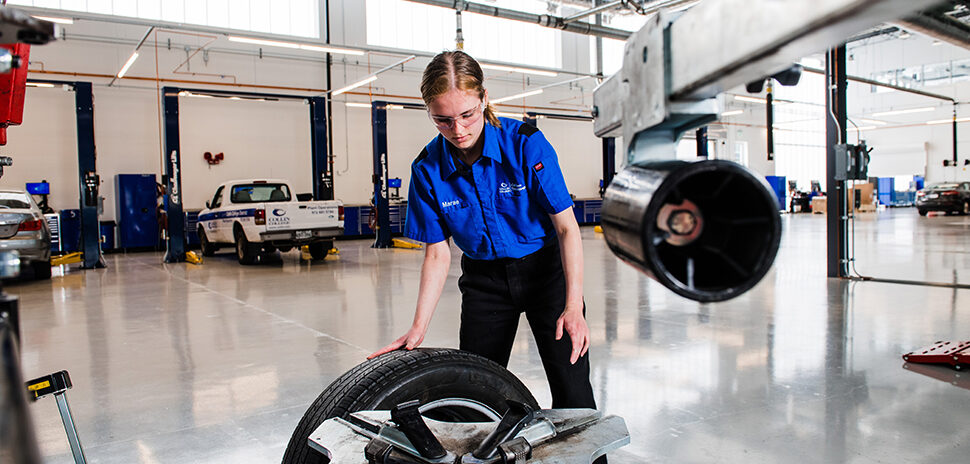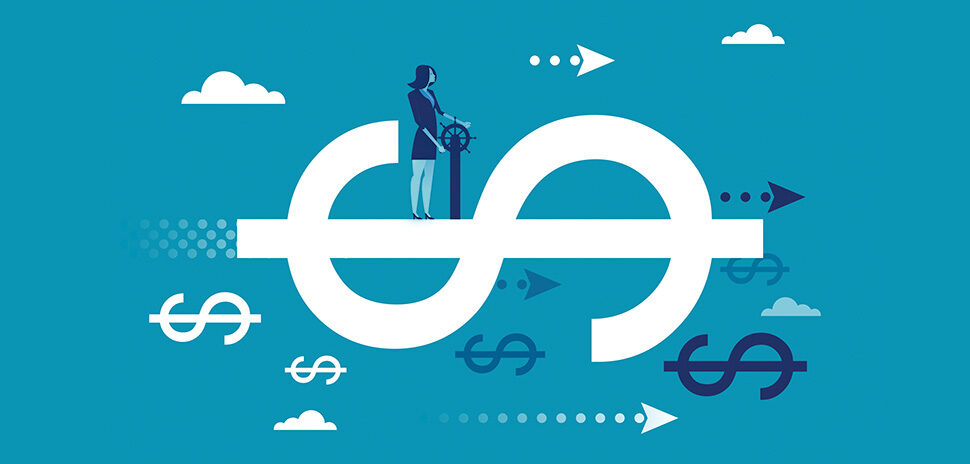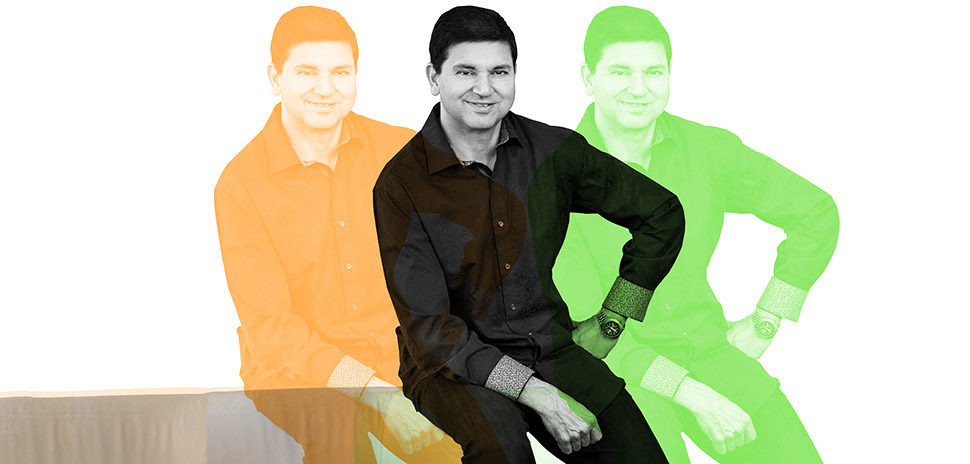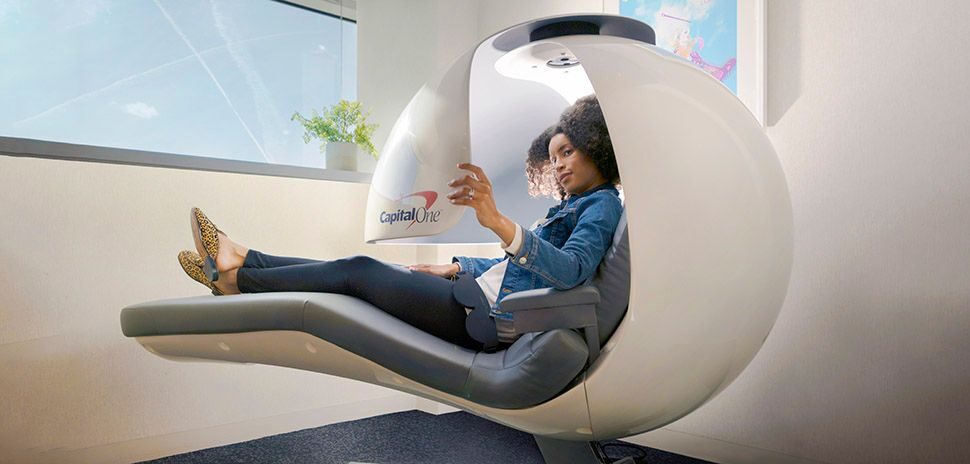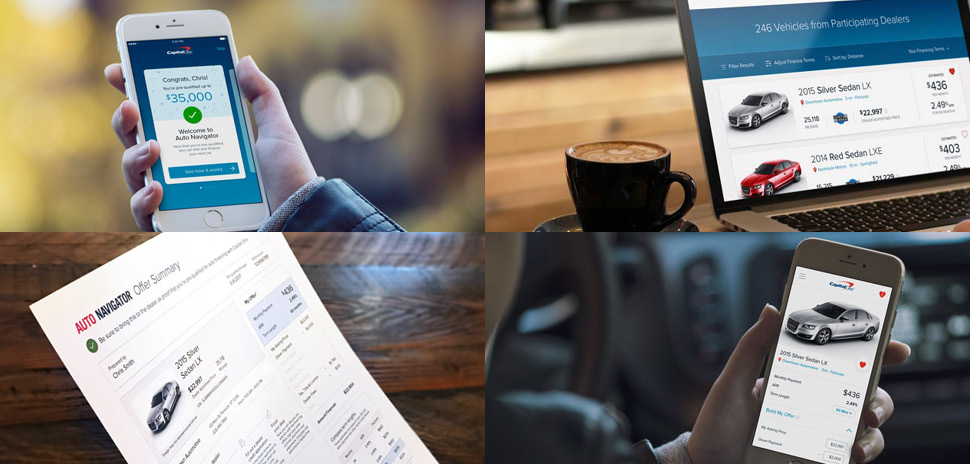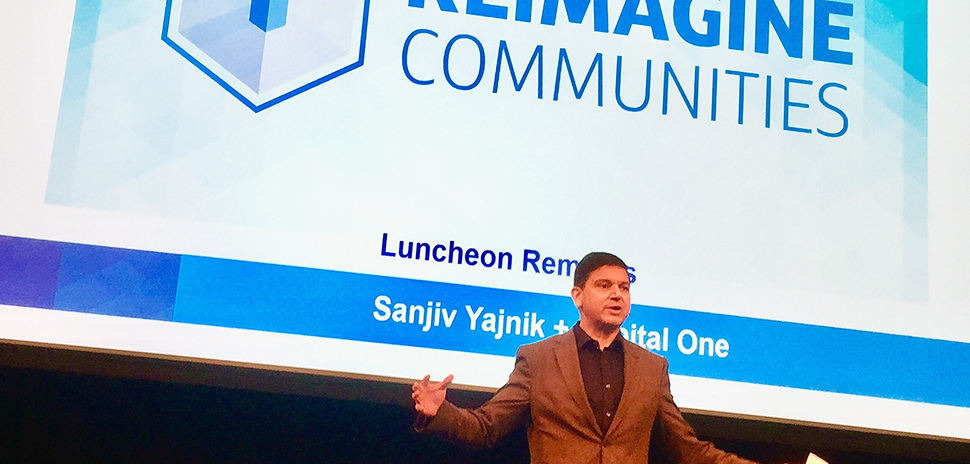![]() Anchored by the theme of resilience, nonprofits were inspired to be the change they want to see in their communities at the seventh annual Reimagine Communities Summit. Experts from the private and public sector convened to discuss the barriers to digital access and other hot topics facing the nonprofit ecosystem through the lens of resilience.
Anchored by the theme of resilience, nonprofits were inspired to be the change they want to see in their communities at the seventh annual Reimagine Communities Summit. Experts from the private and public sector convened to discuss the barriers to digital access and other hot topics facing the nonprofit ecosystem through the lens of resilience.
The free half-day event, which offered in-person and virtual sessions, gave leaders new ideas and actionable insights to strengthen and revitalize communities, and improve their own organizations and workplaces.
Overcoming ‘unimaginable challenges’ to make an impact
“You’ve all faced unimaginable challenges,” Jorge Calderón, Dallas Market President for Capital One said as he delivered opening remarks to the 178 nonprofit and community leaders in attendance at the Reimagine Communities Summit. “It will take all of us collectively to make an impact.”
The Reimagine Communities Summit aims to equip experts with actionable ideas and insights through keynotes, educational workshops, and panel discussions. The summit is part of Capital One’s Impact Initiative, a $200 million commitment to support growth in underserved communities and advance socioeconomic mobility by closing gaps in equity and opportunity.
According to the keynote speaker Candace Parker, two-time WNBA champion and Olympic gold medalist, there’s no time like the present to create a plan for tomorrow, regardless of the circumstances or challenges. “It starts with access. It starts with inspiration, and it starts with people caring to make a place for those who are deserving but who may not have had that opportunity. No matter what, we can’t stop making room at the table and inspiring others.”
Parker’s own personal journey served as inspiration to many in the room. Her stories of resilience honed in on one of the major takeaways from the summit, emphasizing the need for nonprofits to focus on building resilience and to inspire and become a model to those serving and leading.
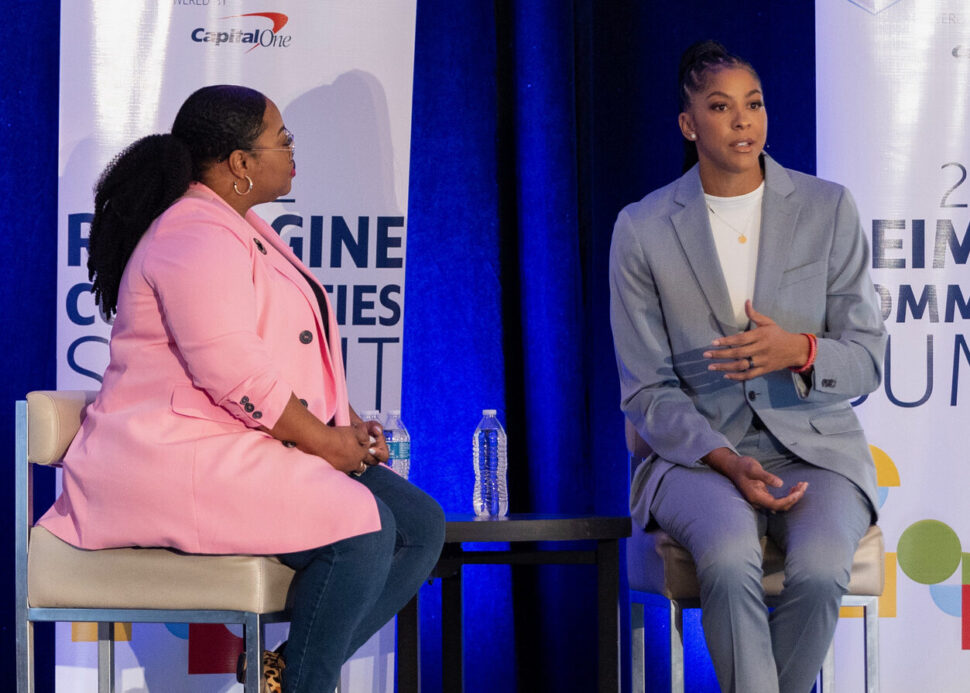
LeYonn Bibb, Candace Parker [Photo courtesy of Capital One]
“You never know who you’re inspiring in a moment. It’s about people making room and setting the bar. The more we have inspiration, the more we have diversity of thought, leadership, and representation, and the more we’re helping others.”
Bringing DEI to the Table: Uncomfortable Conversations in the Most Comfortable Way Possible
Summit participants listened to and shared personal experiences during a panel titled Together We Dine, designed to create safe spaces to talk about race relations. “At Together We Dine, we’re not judging each other,” said Project Unity Founder and Pastor Richie L. Butler. “We’re engaging each other. I don’t want to call you out. I want to draw you in.” Panel facilitators guided thoughtful discussions to engage everyone at the table, ensuring each voice was heard.
“We like to match groups that come from different backgrounds,” Butler said. “That gives everyone a chance to speak and a chance to listen and a chance to learn.”
Topics and points of discussion included questions like:
● Describe the racial makeup of your community growing up. How did it shape your views on race?
● What is your first memory of racism? How did it affect you?
● What gives you hope for future race relations in America?
Butler stressed that these questions and topics are meant to serve as an entry point—not a finish line—to having uncomfortable conversations in the most comfortable way possible. “Most people care, and they want to be part of a solution, but they don’t know where to begin. We want to meet people where they are.”
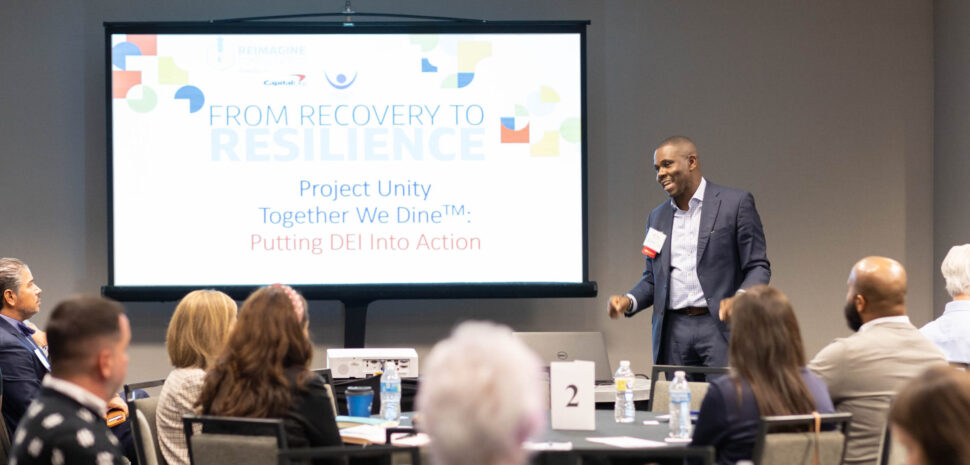
Richie Butler [Photo Courtesy of Capital One]
Recruiting and Retaining Cross-Generational Talent: Treat Prospective Employees Like Customers, Current Employees Like Valuable Contributors
Five generations of talent are now part of the workforce, creating new challenges for organizations as they try to attract and retain employees. In fact, in the 2022 Reimagine Communities Survey, fielded to 300 non-profit workers in October 2022, 25% stated that staffing shortage is the most pressing issue they are currently facing in today’s environment. Terrance Bowman, Capital One’s Director of Diversity Campus Recruiting, offered insight into this pervasive workforce challenge and spoke to participants about how to bridge the generational divide.
“Our initial focus should be to think of an applicant as a customer. You’re building a relationship with a person, not making a transaction,” said Bowman.
To retain employees, businesses need to be flexible on return-to-work policies and focus on employee engagement because turnover is costly. Let employees know they are valued and treat them as individuals. One person may want opportunities for advancement, and another may be looking for the flexibility to work from anywhere.
“It used to be you could pay someone and give them benefits and that was enough,” Bowman said. “It’s different now. It’s more relational instead of transactional.”
He emphasized the need to build relationships with students and professors on campuses which is inherent to finding good talent. Recruiters can also help students hone their interview skills to make them stand out in the future. Even if the applicant isn’t offered the job or declines an offer, a good experience can help them land a friend or colleague later because of positive word-of-mouth.
“People want to work where they know that what they’re doing matters,” he said.
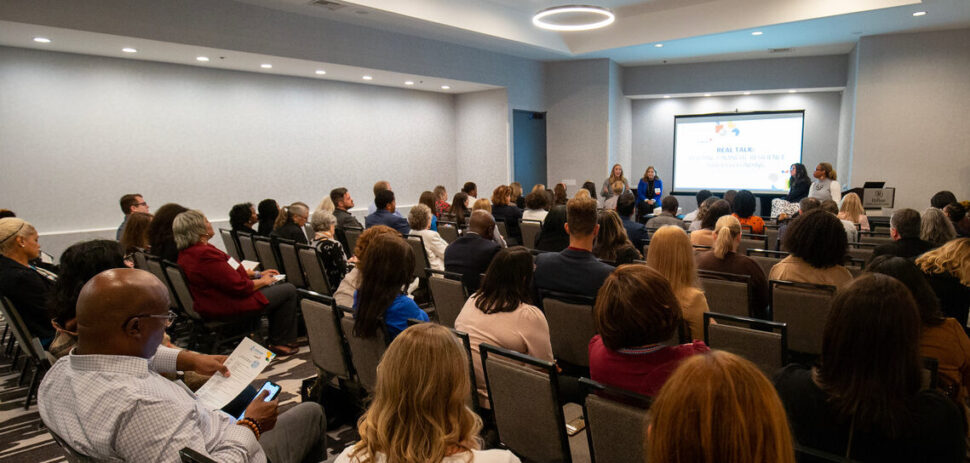
[Photo courtesy of Capital One]
An Agile Framework for Promoting Team Resilience: Value People Over Processes and Respond to Change Over Following a Plan
Leadership and teamwork are often the secret sauce when it comes to success within any organization. Diane Leonard, owner of DH Leonard Consulting & Grant Writing Services, LLC, focused on taking an agile approach to leadership and teamwork.
Leonard said that a SCRUM approach, which she characterized as a lightweight decision-making framework to teamwork, is the art of doing the same amount of work in half the time. She flagged SCRUM as a platform that can help all organizations, large and small, for-profit and nonprofit, create an impact at a sustainable pace, yet get them where they want to go more quickly.
SCRUM includes:
OpennesS—the willingness to try new things and support one another, even if they are doing it differently than you would do it
Courage—have difficult conversations and be vulnerable with each other
Respect—respect the contributions of each member of the team
FocUs—focus on achieving your mission together
CommitMent—it’s not about always doing more, but doing what is sustainable for you and your teams
Participants were tasked with evaluating these values within their own team settings. Leonard framed her conversation as a “road trip” for the audience. “You may start in a different spot than your peers, but this is where I’m inviting you to begin and take the next step on your agile journey which means different things for different people.”
Agile values was the next stop on the “road trip” as participants continued on their journey to learn how to create twice the impact at a sustainable pace. Leonard explained that agile values are an umbrella where multiple frameworks operate as a team and SCRUM is one of them.
“Agile values help our teams do great things. Each of us are on a different journey—there is no one perfect solution for your community culture, team culture. You’re each different. SCRUM values apply in all agile teams,” Leonard said. “These are the values that make teams great.”
Other key agile values include valuing individuals and interactions over processes and tools and—Leonard’s personal favorite—responding to change over following a plan.
“Whether you use the label or not, all nonprofits use the agile value of responding to change over following a plan,” she said.
The pandemic prompted most everyone to adapt to change rather than follow an existing plan.
Strategic plans are still important, but when something changes, we can pivot to better help our communities, Leonard said.
Creating Systemically Inclusive Tech: Involve Community Members Throughout the Process
“Diverse participation is not a one-time thing,” said Amy Sample Ward, who addressed the need for more equity in technology in the closing keynote session with Afua Bruce. Ward and Bruce are co-authors of The Tech That Comes Next. They pointed out that decisions about how and where we use technology are made by a select few yet technology impacts everyone in every community at some point. This is driving the need for systemic inclusion and the future of tech. According to the pair no single voice, visionary, or author of a future will work for everyone.
Bruce and Ward identified five different groups that can collaborate for positive change: social impact organizations to change tech culture and investments; technologists to change tech development; funders and investors to change tech and social impact funding; policymakers to change laws and policies; and communities to change conditions. Though the primary focus should be on the communities themselves, ask members what they want to change. Those answers are what drive the other groups to create stronger communities.
“We should value the knowledge and wisdom of lived experience. The most impacted individuals and communities need to be central to decisions about solutions and priorities,” said Ward.
The pair stressed involving diverse people in decision-making, planning, and building technology; prioritizing accessibility; addressing both immediate and long-term needs; and creating a collective vision of a better world that is not a “one size fits all” solution.
But change and digital equity doesn’t stop there. Just as nonprofits are looking to reach and serve diverse communities, the process starts with an internal-facing view. Each organization must consider their staff as part of the technology conversation, emphasizing not to remove staff from the definition of tech equity. They reminded participants that while communities have different needs and access, employees’ needs and digital access outside of work might be just as diverse.
The overall message was clear. We must acknowledge and value that changes are needed today in order for each person to participate in a meaningful way when it comes to systems change work.
“Be intentional about soliciting feedback from your communities,” Bruce said. “Change does not happen in a silo. We’re always stronger together.”
Capital One is a Dallas Innovates Platinum partner. “Reimagine Communities: How Engaging with Passion, Empathy, and Respect Can Bring About Lasting Change” was written and edited by the DI content studio.
![]()
Get on the list.
Dallas Innovates, every day.
Sign up to keep your eye on what’s new and next in Dallas-Fort Worth, every day.


